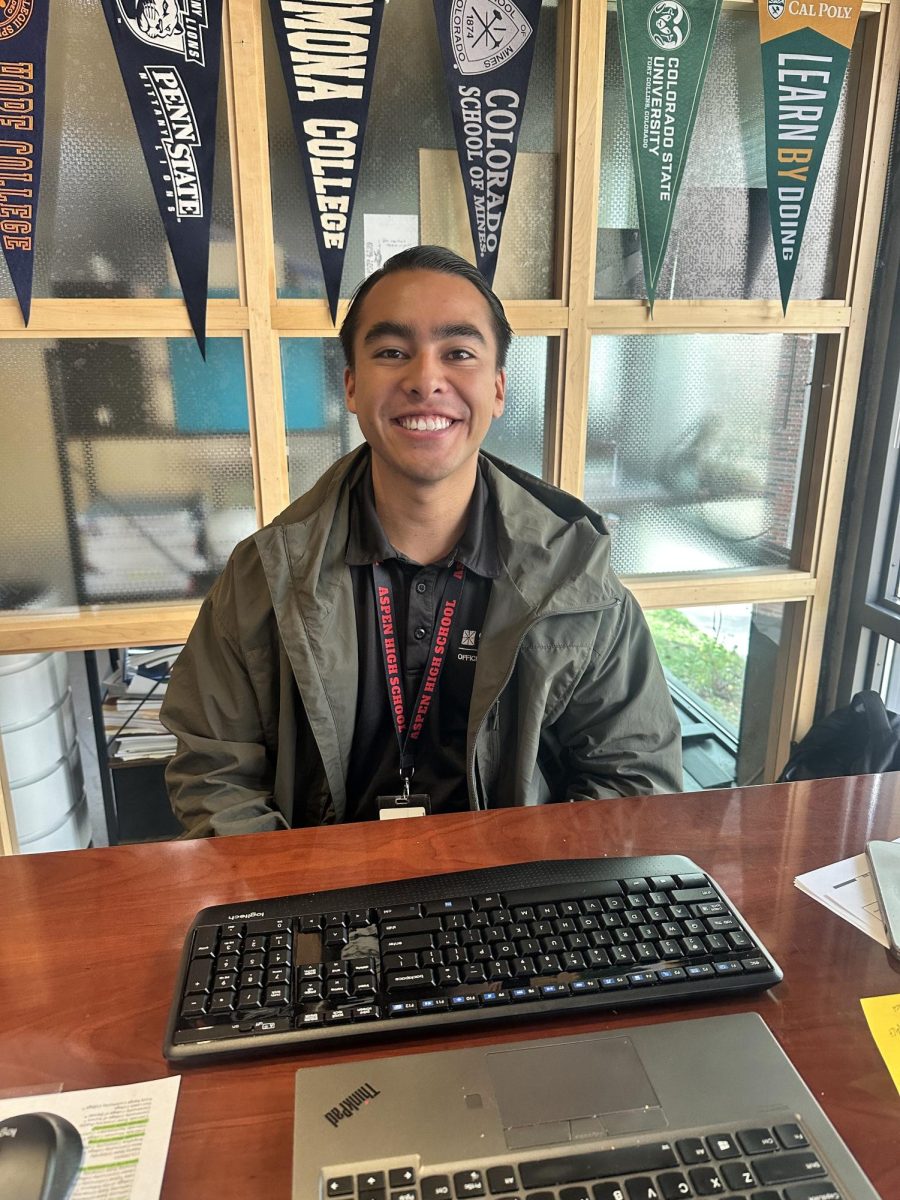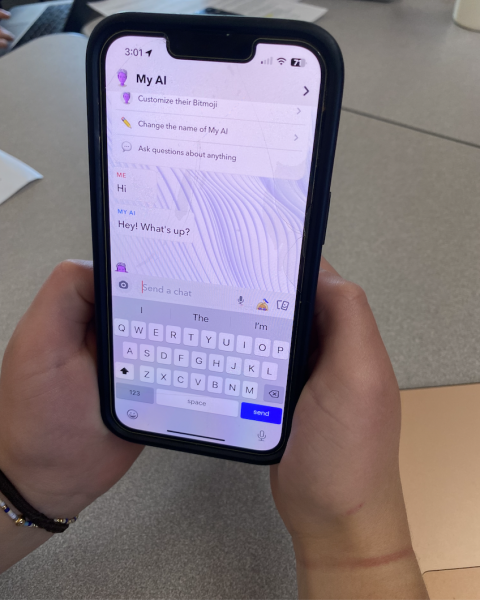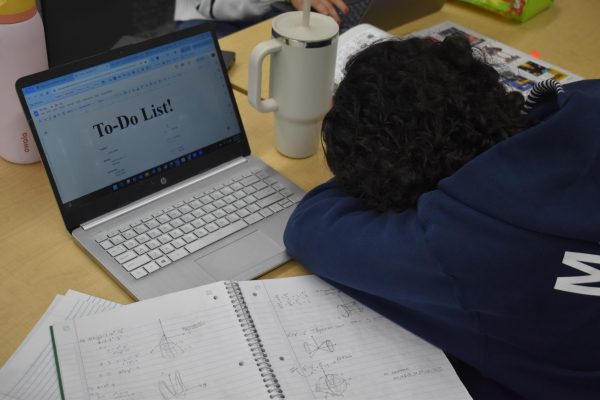Letter: National Epilepsy Awareness Month
Editor:
When our son Sam was 18 months old, he first began to have seizures. We met immediately with a neurologist who was unable to identify the source of Sam’s seizures or to provide us with the right kind and dosage of medication to control them. We then took Sam to an epileptologist at Children’s Hospital in Denver to whom we had been referred and where Sam is currently being treated. He has undergone numerous tests and studies, and we have experimented with many different medications. In the last 2 years we have not seen a seizure, this after months of multiple seizures per day. We are praying that these seizure-free days will continue. Since Sam’s diagnosis we have had many days of fear and anxiety. Now, however, with amazing care from the doctors at Children’s and by constantly educating ourselves about epilepsy, we feel hope that our son will lead a full and happy life and overcome the challenges that come with epilepsy.
November is National Epilepsy Awareness Month. Our family and friends wear purple bracelets as a symbol of our support for education about epilepsy, for continued research for treatment options for epilepsy, and for hope that our son will be seizure free and will have a minimum of side effects from his treatments.
Epilepsy is the third most common neurological disorder in the U.S., affecting nearly 3 million people. One in twenty-six people will develop epilepsy in their lifetime. The causes of epilepsy are tied to head injuries, tumors, genetic conditions, problems with brain development before birth, or illness. Epilepsy is a chronic medical condition that, for many people, can be successfully treated as long as medications are taken regularly. Different treatments such as: surgery, vagus nerve stimulation, or a special diet can be used to control different types of seizures. Epilepsy is a neurological condition involving recurrent seizures. A seizure is a change in sensation, awareness, or behavior brought about by a brief electrical disturbance in the brain. While about ten percent of people will have a seizure at some point in their lives, a person is diagnosed with epilepsy after they have had two or more seizures.
There are many types of seizures and not all involve convulsions. For seizures that do not involve convulsions no immediate first aid is required other than reassurance and emotional support. If you do witness a seizure that involves convulsions, it is important to remain calm, and stay with the person until the seizures stop. If possible, place the person on their side and turn their head downward so that secretions can drain out of the mouth to prevent choking. Move hard objects out of the way so the person cannot hurt themselves. It is also important to use a clock or watch to time the seizure. If a seizure lasts more than 5 minutes or the seizures happen in a series, it is important to call 911. When someone is having a seizure, do not try to open the mouth or place anything between the teeth, and do not try to restrain them.
As someone who loves someone very much who is affected by epilepsy, I strongly encourage everyone to know what to do if you witness a seizure. Our son’s life, or that of someone you know, may depend on it. If you would like to learn more about epilepsy or donate to the on-going research for treating epilepsy please go to: http://www.epilepsy.com/.
Sincerely,
Megan Noonan





























